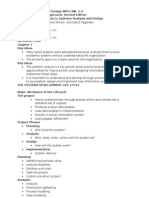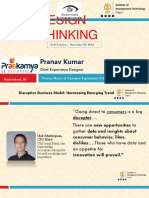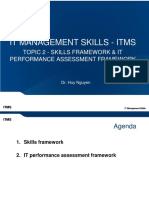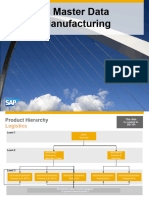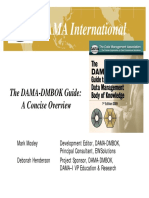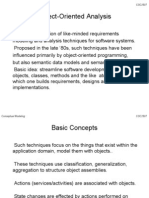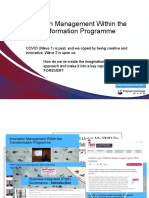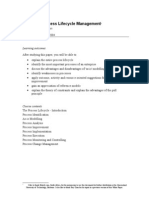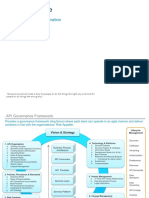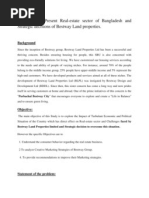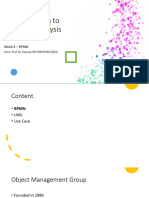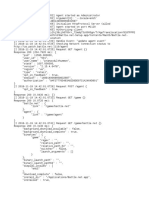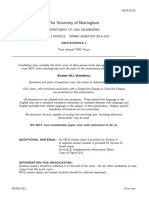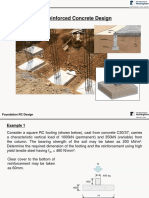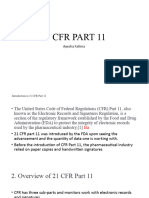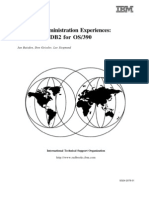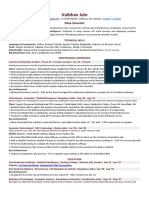100% found this document useful (2 votes)
286 views34 pages4 - Process Modelling
Process modeling is used to define BIM-related tasks, roles, scheduling, tools, and standards. It provides documentation, simulation, and optimization of life-cycle processes for design, construction, and facility management. Business process modeling notation (BPMN) is a standardized graphical language used to specify workflows involving roles, activities, events, gateways, swimlanes, and artifacts.
Uploaded by
Jake BloggerCopyright
© © All Rights Reserved
We take content rights seriously. If you suspect this is your content, claim it here.
Available Formats
Download as PDF, TXT or read online on Scribd
100% found this document useful (2 votes)
286 views34 pages4 - Process Modelling
Process modeling is used to define BIM-related tasks, roles, scheduling, tools, and standards. It provides documentation, simulation, and optimization of life-cycle processes for design, construction, and facility management. Business process modeling notation (BPMN) is a standardized graphical language used to specify workflows involving roles, activities, events, gateways, swimlanes, and artifacts.
Uploaded by
Jake BloggerCopyright
© © All Rights Reserved
We take content rights seriously. If you suspect this is your content, claim it here.
Available Formats
Download as PDF, TXT or read online on Scribd
/ 34


